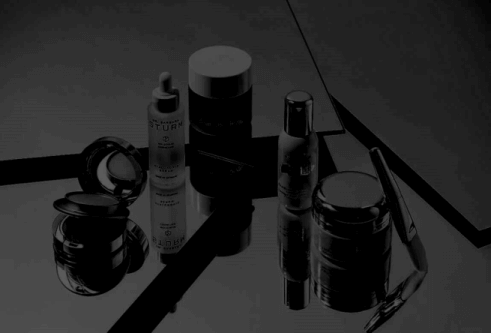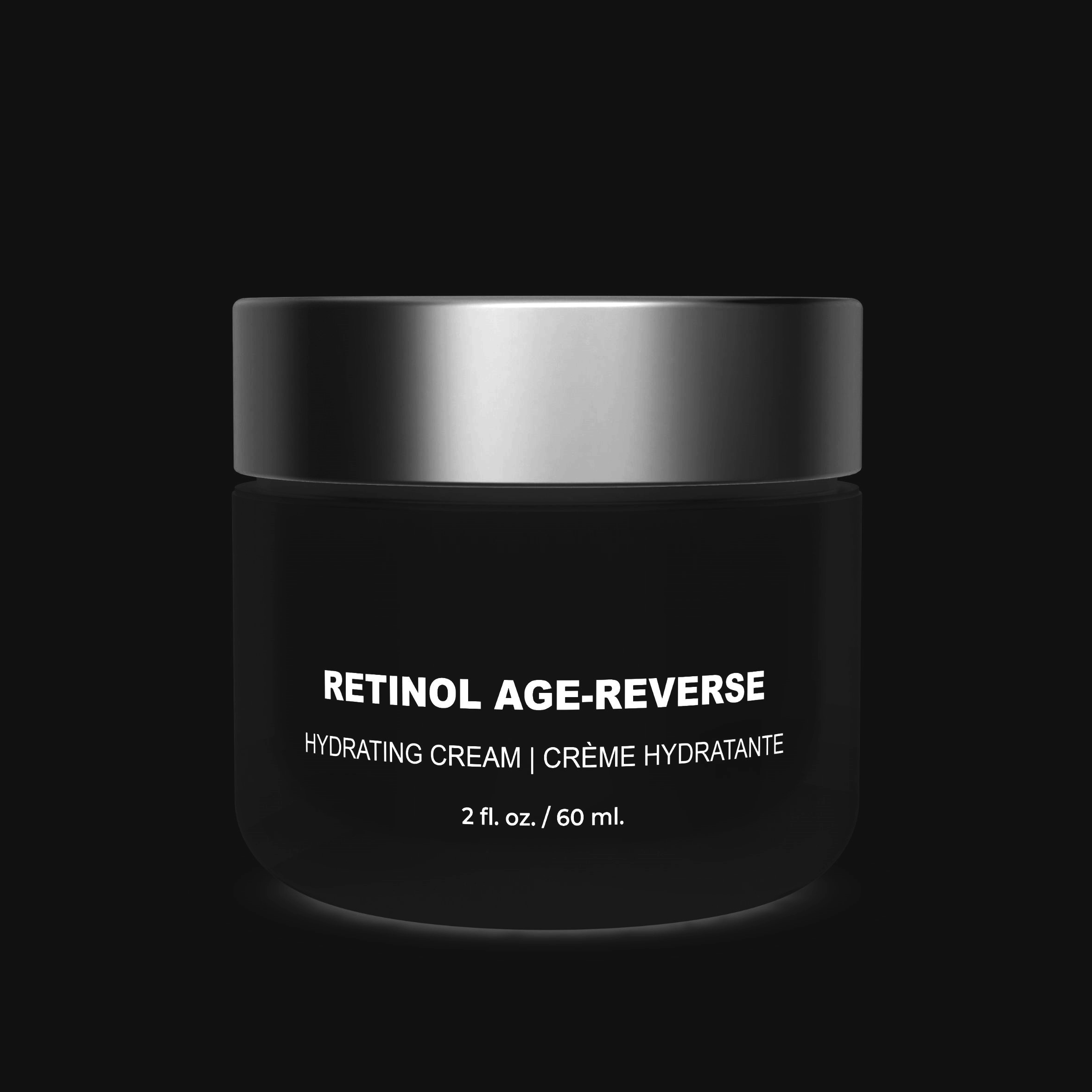Retinol 101 – Everything you need to know about Retinol
According to new research, retinol, one of the retinoid components, can also help counteract the indications of skin aging that aren’t caused by the sun, such as fine wrinkles, roughness, and skin looseness. The findings, published in the Archives of Dermatology in May 2007, imply that, in addition to improving the appearance of aging skin, retinol may also boost its durability and healing capability.
Retinoids, topical vitamin A-based medicines, may decrease fine lines and wrinkles. First retinoid was tretinoin (Retin-A). In the 1970s, it was used to treat acne, but researchers later discovered it removes actinic keratosis patches, evens pigmentation, and speeds superficial skin cell turnover.
Retinoids decrease wrinkles by boosting collagen. They also improve skin pigmentation by stimulating new blood vessel growth. Age spots and rough skin are also faded. Regular use takes three to six months before wrinkles improve, and six to 12 months for the optimum results.
Because retinoids can dry and irritate skin, doctors recommend using them every other day at first and eventually nightly. Retinoids increase UV sensitivity, so wear sunscreen. These medications must be used regularly to work.
What is Retinol?
Retinol is one of the most popular skin care ingredients on the market. Retinol is an over-the-counter (OTC) variant of retinoids derived from vitamin A and is generally used to treat the visible signs of aging skin as well as acne.
However, retinols are not identical to prescription retinoids, which are more potent. In contrast to OTC retinoids such as retinaldehyde and retinyl palmate, retinol remains the most potent over-the-counter (OTC) option. Retinol provides numerous potential benefits for skin care, but there are also adverse effects to consider.
Benefits of Retinol
The following are some of the potential benefits that may result from applying retinol topically:
- Reduce the appearance of fine lines and wrinkles already present, in addition to reducing the likelihood of developing wrinkles in the future.
- Exfoliating at the cellular level can help brighten dull skin, and the new skin that is revealed as a result is smoother and brighter.
- Helps to get oily skin under control and reduce the appearance of acne.
- Over time, sun spots, age spots, and hyperpigmentation will fade away, and skin complexion will become more even and radiant.
What does Retinol do?
“Retinol is the gold standard in skin care since it modifies the behavior of aged cells to make them behave more youthfully. It refines and smoothes skin’s texture, boosts skin’s luminosity, and combats aging.” A certified esthetician and regional education specialist for Skinbetter Science, Amanda von dem Hagen, told us.
When retinol is added into anti-aging skin care regimens, it speeds up skin renewal, boosts collagen production, and reduces the look of aging, uneven texture, and age spots.
How Retinol Works
Retinol is a retinoid that is derived from vitamin A. It does not remove dead skin cells, as many other mature skin products do. Instead, the tiny molecules that comprise retinol penetrate deep beneath the epidermis (outer layer of skin) to the dermis. Once in this layer of skin, retinol aids in the neutralization of free radicals. This stimulates the formation of elastin and collagen, resulting in a “plumping” effect that can help lessen the appearance of fine lines, wrinkles and enlarged pores.
How to Apply Retinol
Because retinol is such a potent component, incorporating it into a skin care program too early or using it too frequently might cause skin to redden or peel. When retinol is first introduced into a routine, it can cause flakiness, dryness, and even acne. It usually just takes a little time for the skin to acclimate.
“Start cautiously by incorporating it into a nightly regimen one to two times per week for the first week and progressively increasing it from there, depending on how the skin reacts,” von dem Hagen said. “If there is noticeable redness or peeling, apply it once a week for a month, then twice a week, and monitor for irritation before increasing use.”
Von dem Hagen advised people using a retinol cream or serum to wait 20 to 30 minutes before applying another product on top. It is also critical to wear sunscreen on a daily basis to protect skin while using retinol, as it can become more sun sensitive.
Side Effects of Retinol
Although the Food and Drug Administration (FDA) has approved retinol, this does not mean it is without negative effects.
Those who use retinols frequently feel dry and itchy skin, particularly after beginning use of a new treatment. Other possible adverse effects include:
redness itching skin peeling
To decrease these negative effects, use retinol every other night or every third night, and gradually increase your usage to every night.
Consult with a dermatologist if you continue to have skin irritation. Or, consult a doctor before using a retinol product to determine if it is appropriate for your skin.
Less than 10 percent of those who use retinols may develop more serious adverse effects, including:
a flare-up of acne, eczema, skin discoloration, photosensitivity to UV light, blistering, stinging, and swelling.
Additionally, applying retinol 30 minutes after washing your face may prevent skin irritation.
Using multiple retinol-containing products concurrently may increase your risk of experiencing negative effects. Read labels carefully, especially if you’re using a combination of “anti-aging” and acne products, which are more likely to contain retinol.
Due to the possibility of photosensitivity, retinols should be used at night.
Retinol FAQ
How long does it take to see retinol’s effects?
For the majority of over-the-counter retinols, it may take a few weeks of continued use to observe benefits. According to a 2015 study, participants using retinol for 12 weeks experienced a “substantial reduction” in wrinkles.
8-week retinol treatment decreased the appearance of wrinkles around the eyes and on the neck, according to a research published in 2019.
What are the advantages of retinol use?
Utilizing retinol may aid:
- Manage minor acne prevent part of the sun-induced photodamage on your skin; lessen symptoms of aging, such as wrinkles around the eyes; and enhance the overall appearance of your skin.
Can moisturizer be applied over retinol?
- Yes, you can. According to the American Academy of Dermatology, if you use a retinol product, your nightly routine should include the following steps:
- Clean your face
- You should pat your face dry
- Utilize retinol
- After a little interval, apply moisturizer
- The majority of over-the-counter (OTC) retinol medications are safe when used as indicated, however some common side effects can cause irritation in the short term.
These adverse consequences consist of:
Dry, flaking skin, UV sensitivity, and an allergic reaction (rare).
Note:
Consult a dermatologist about the over-the-counter retinol brand you’re contemplating to lessen the risk of irritation or allergic reaction. They might possess good discernment.
It is also advisable to do a “use test.” This is when you apply a small bit of the product to your inner forearm for many days to ensure that you do not have an allergic reaction to it before applying it to your face.



